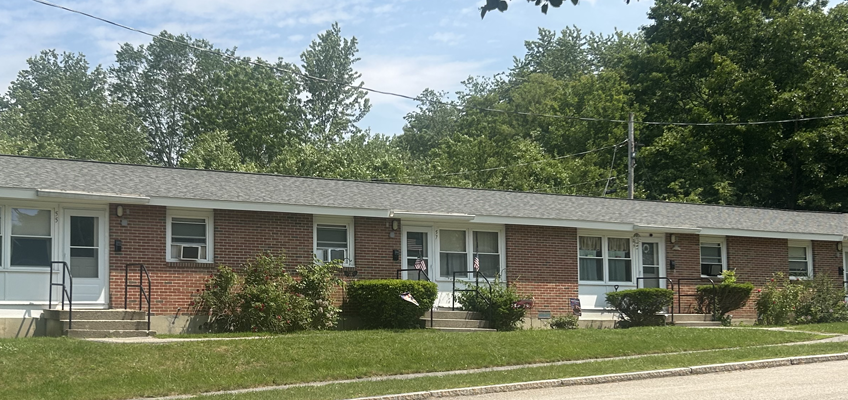The FHEO 2020-01 was published January 28, 2020. The notice provides guidance to help Public Housing Authorities (PHAs) and other housing providers (like landlords) distinguish between a person with a non-obvious disability who has a legitimate need for an assistance animal and a person without a disability who simply wants to have a pet or avoid the costs and limitations imposed by the PHA’s pet policies.
This notice discusses situations under which permission for an assistance animal, including service and support animals, may be denied, and also establishes standards for the care of assistance animals. There are two types of assistance animals: (1) service animals, and (2) other animals that do work, perform tasks, provide assistance, and/or provide therapeutic emotional support for individuals with disabilities (i.e., support animals).
Assistance animals, including service and support animals, are not pets and thus are not subject to the PHA’s pet policies
A service animal means any dog that is individually trained to do work or perform tasks for the benefit of an individual with a disability, including a physical, sensory, psychiatric, intellectual, or other mental disability. Other species of animals, whether wild or domestic, trained or untrained, are not service animals for the purposes of this definition.
This notice does not define a service animal to any specific breed and therefore housing cannot be based on the dog’s breed or size. If there is not an insurance policy that covers dogs, they cannot deny someone housing.
A person with a disability is not automatically entitled to have an assistance animal. Reasonable accommodation requires that there is a relationship between the person’s disability and his or her need for the animal. If considered a support, is the animal commonly kept in households? Barnyard animals, monkeys, kangaroos, and other non-domesticated animals are not considered common household animals.
Before denying a reasonable accommodation request due to lack of information confirming an individual’s disability or disability- related need for an animal, the PHA is encouraged to engage in a good-faith dialog with the requestor called the “interactive process”.
Is it readily apparent that the dog is trained to do work or perform tasks for the benefit of the individual with a disability? If yes, further inquiries are inappropriate because the animal is a service animal. If not, it is advisable that the PHA limit its inquiries to the following two questions:
- Is the animal required because of the disability? and
- What work or task has the animal been trained to perform?
If the answer to question (1) is “yes” and work or a task is identified in response to question (2), grant the requested accommodation if otherwise reasonable. If the answer to either
question is “no,” the animal does not qualify as a service animal but may be a support animal.
A service animal must be permitted in all areas of the facility where members of the public are allowed.
Written by: Brendan Madden
Disclaimer: Any information provided on servicedogsnh.org and our associated social media accounts is non-binding and for informational purposes only. Nothing herein should be construed or interpreted as a legal opinion, counsel, or advice.

